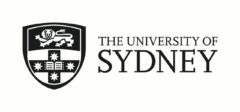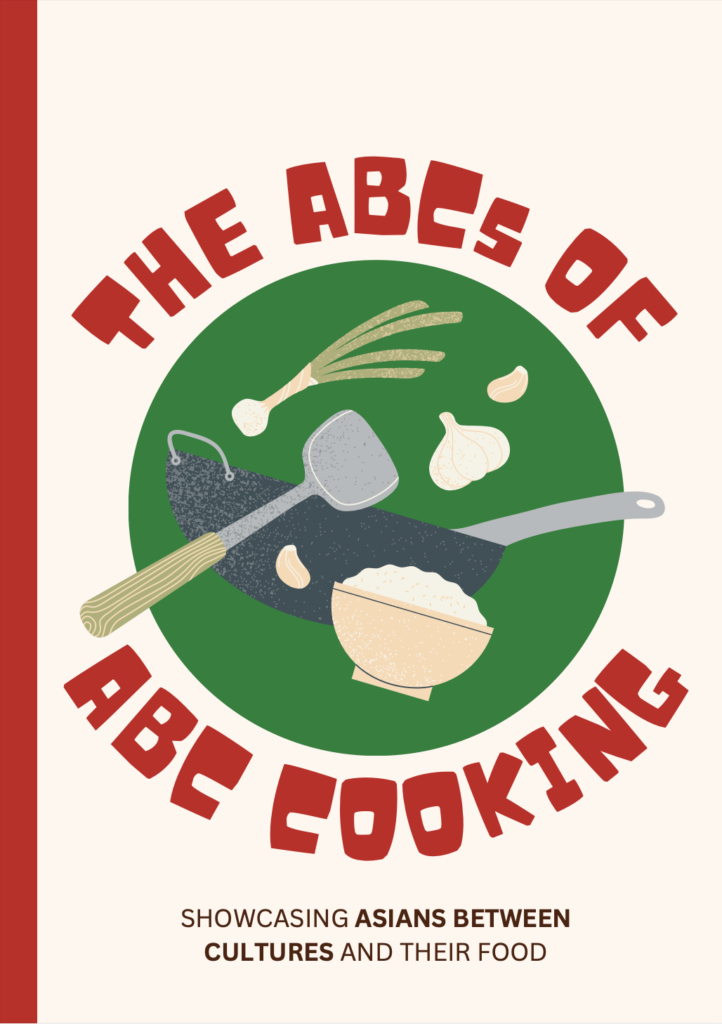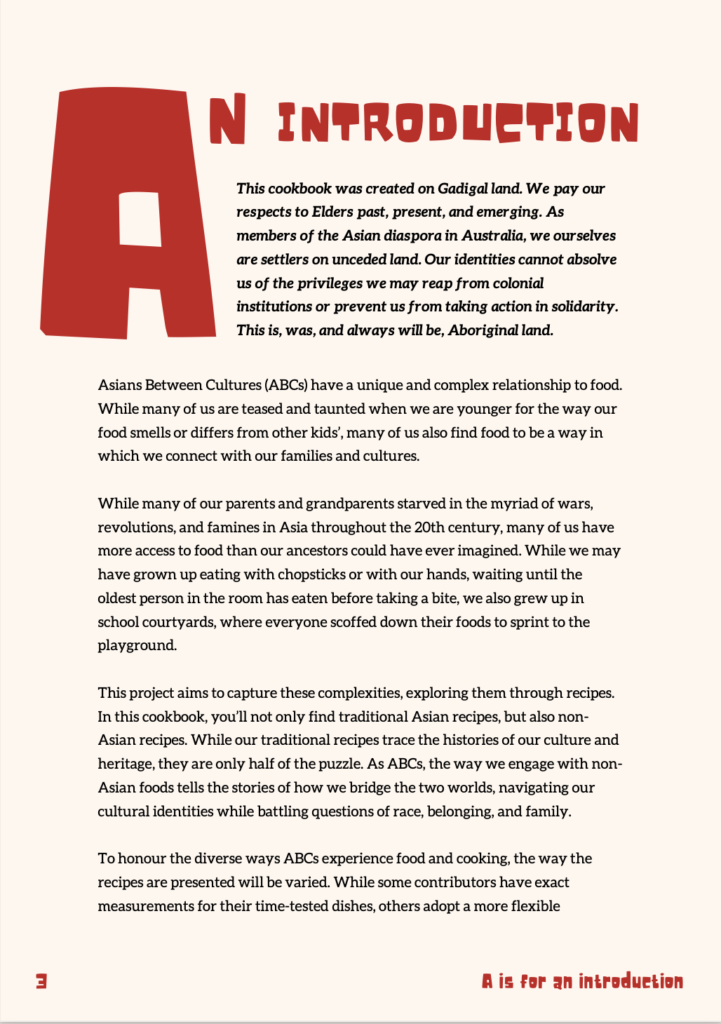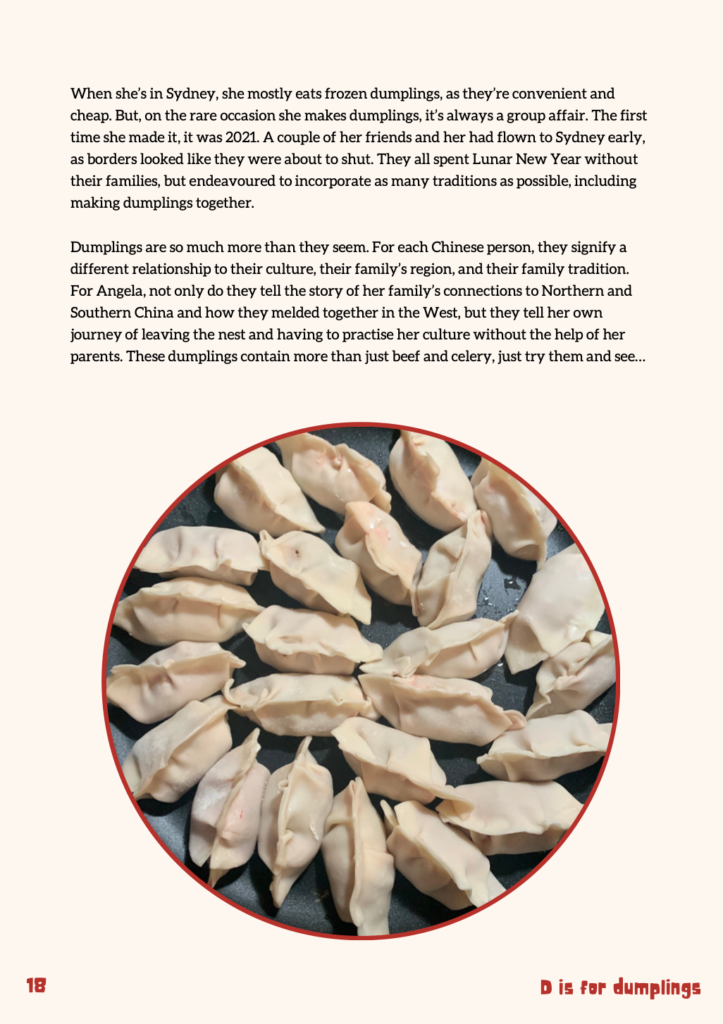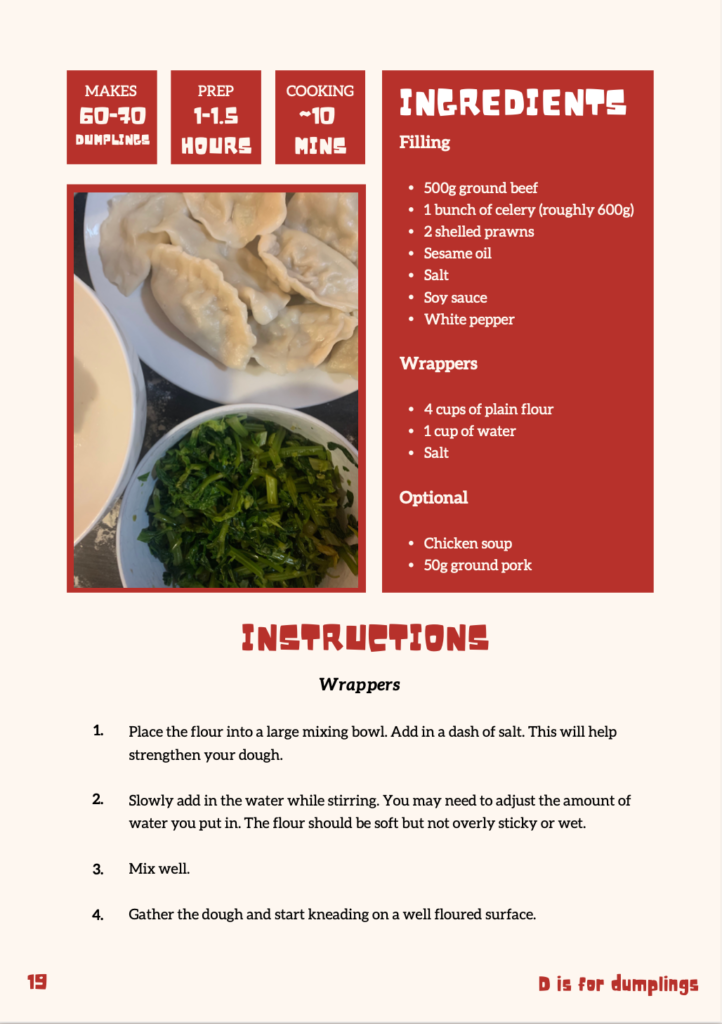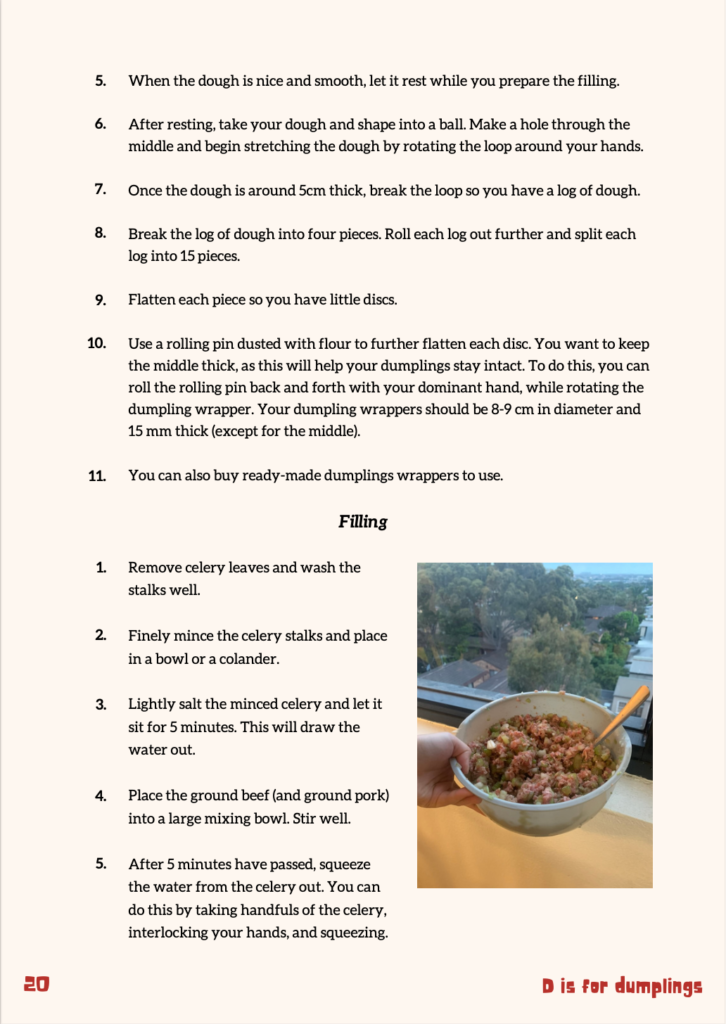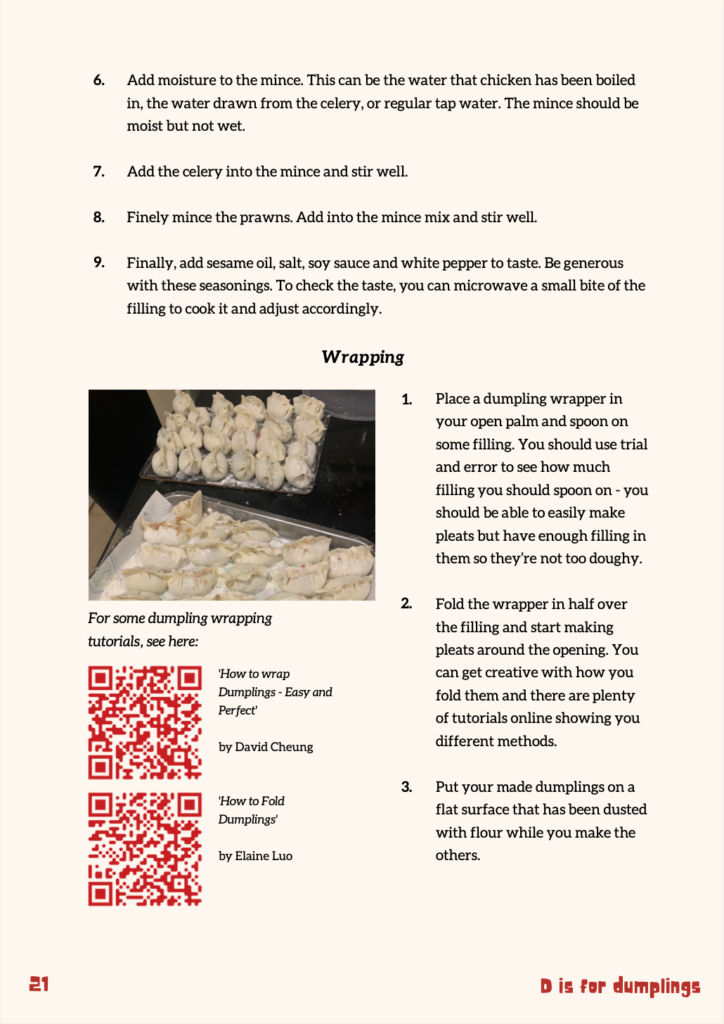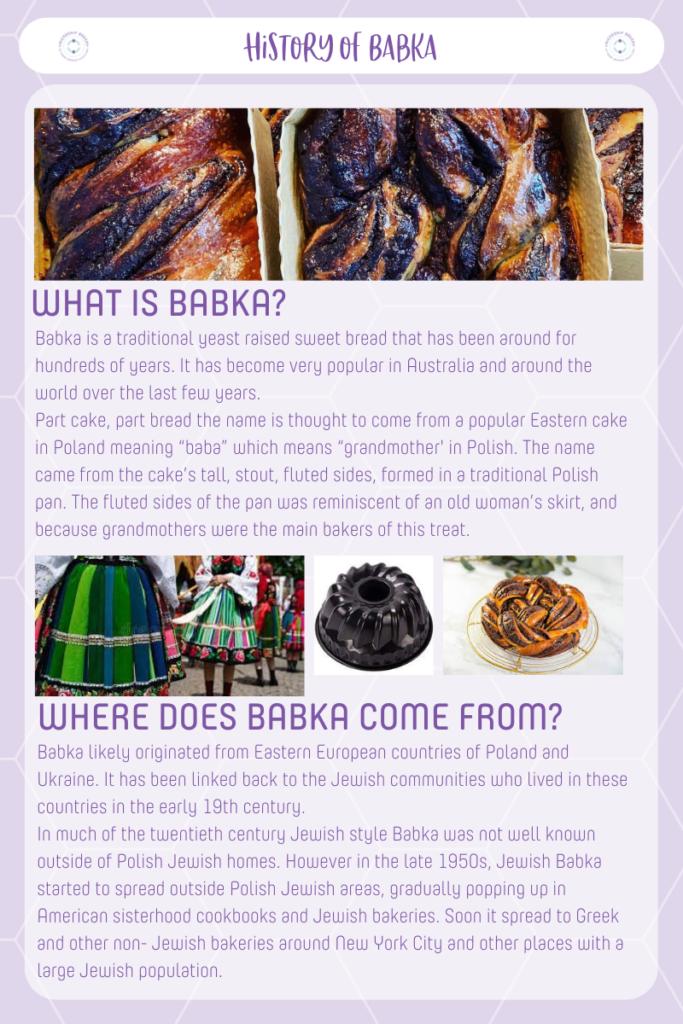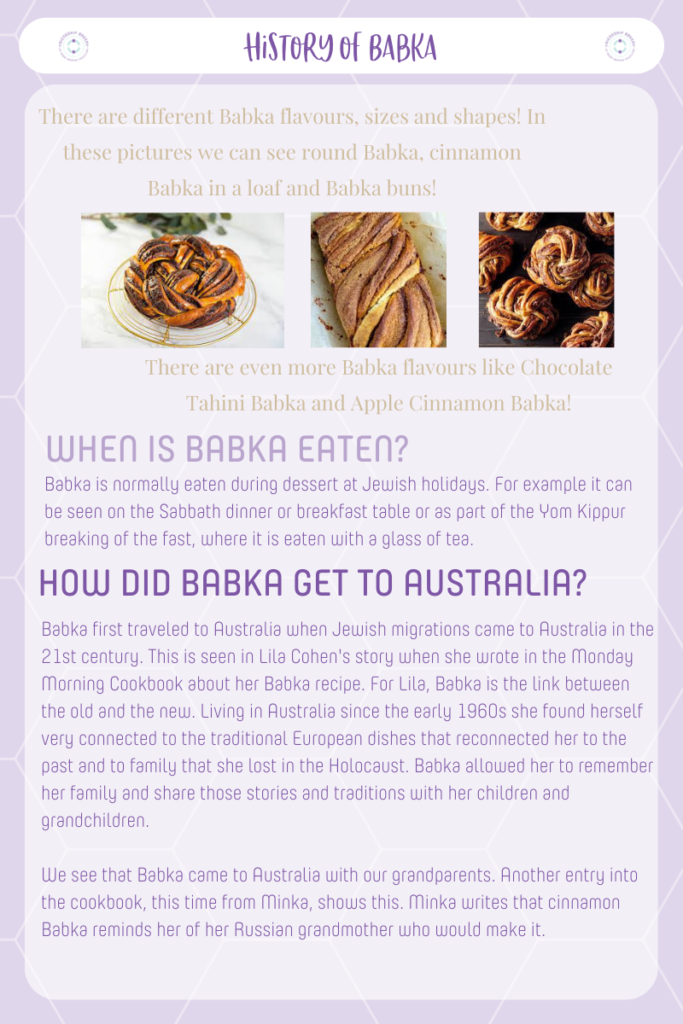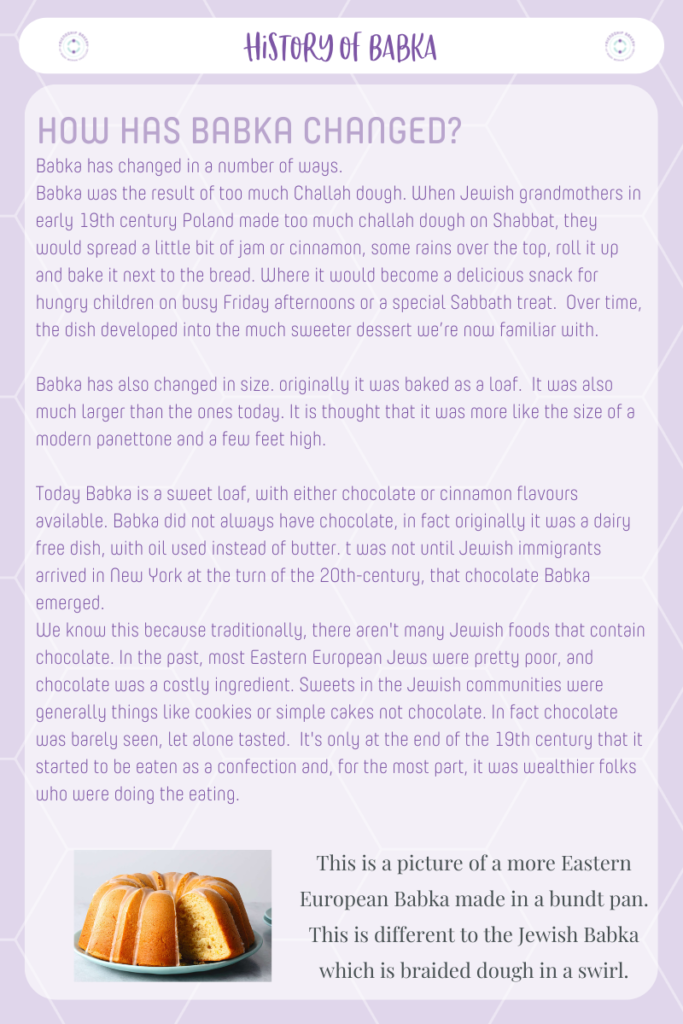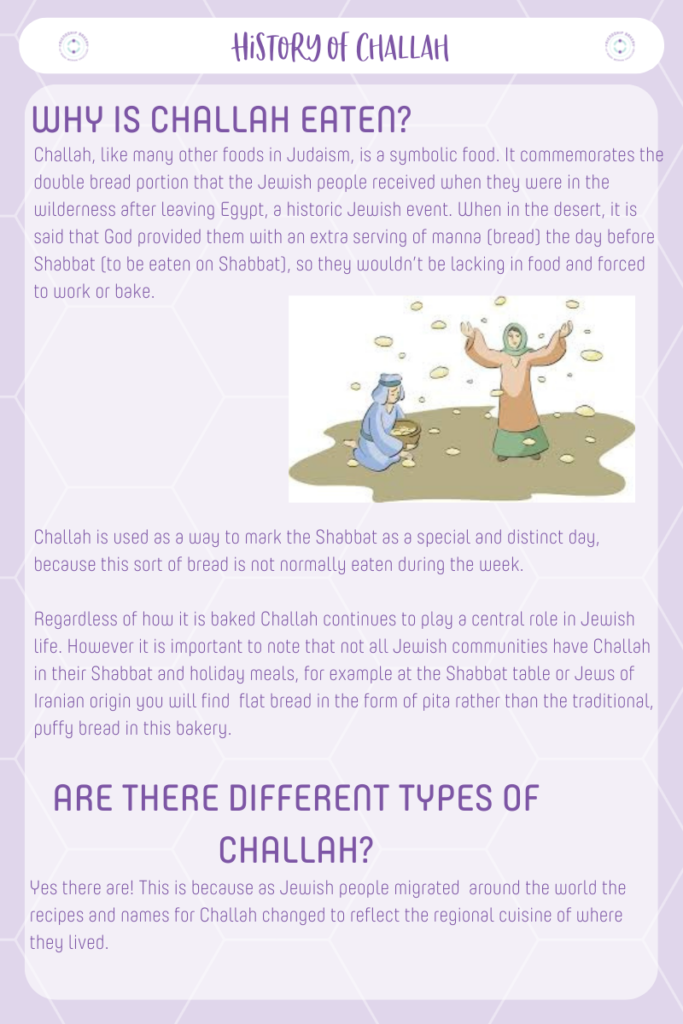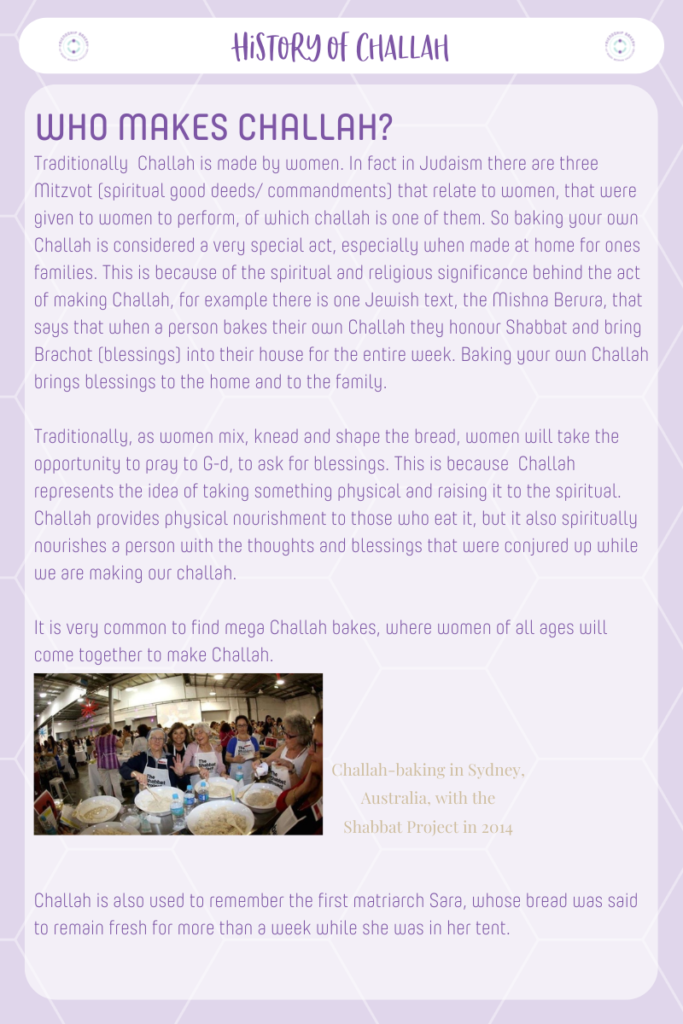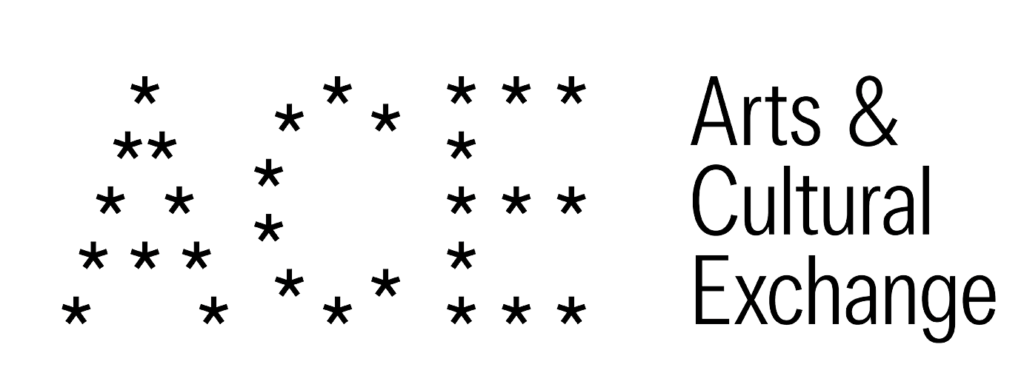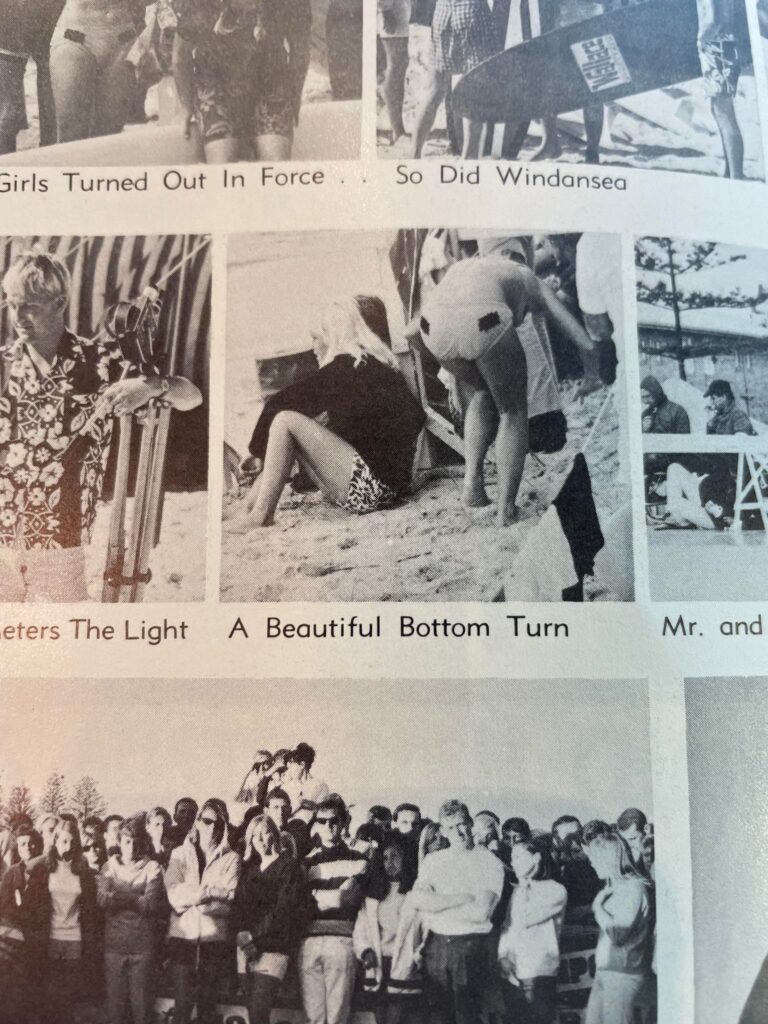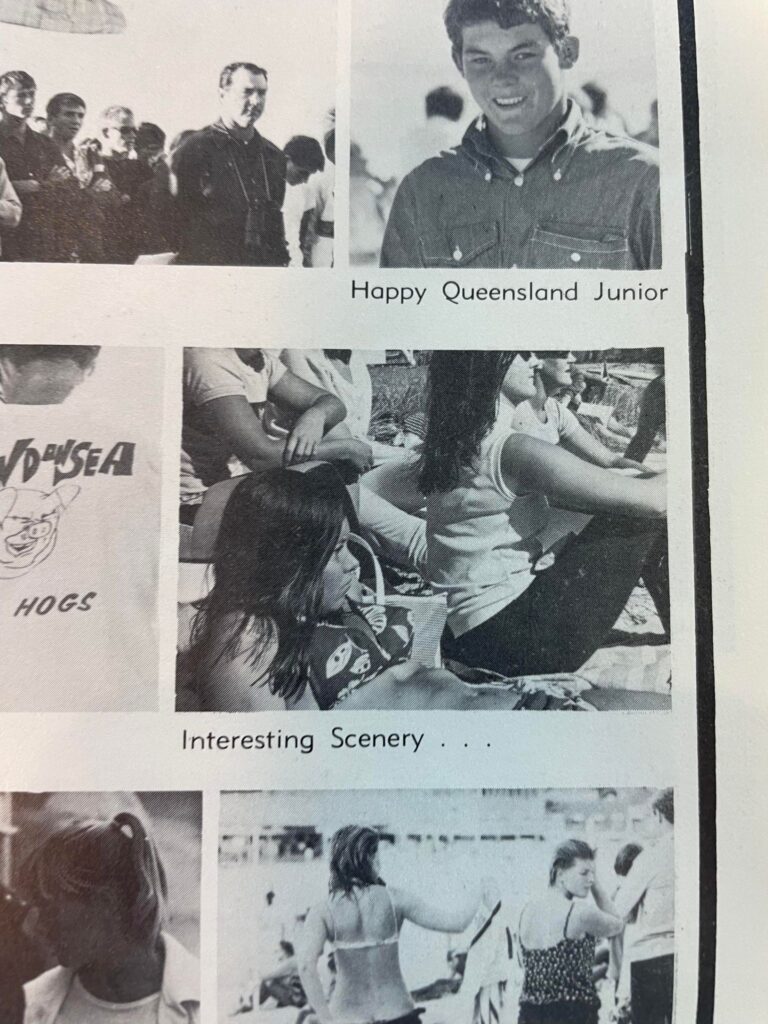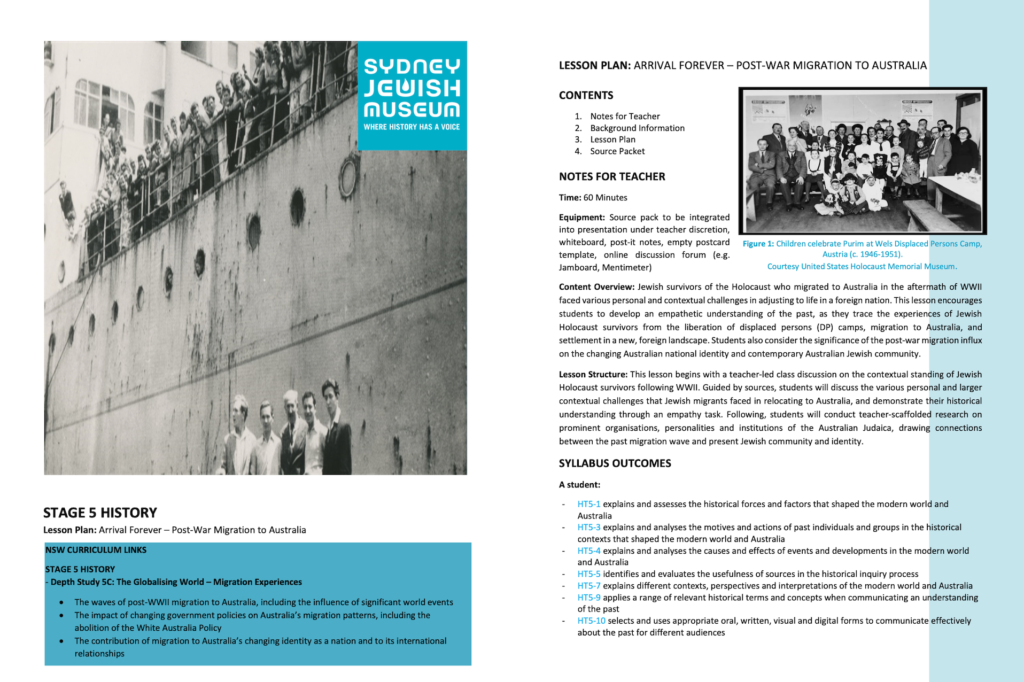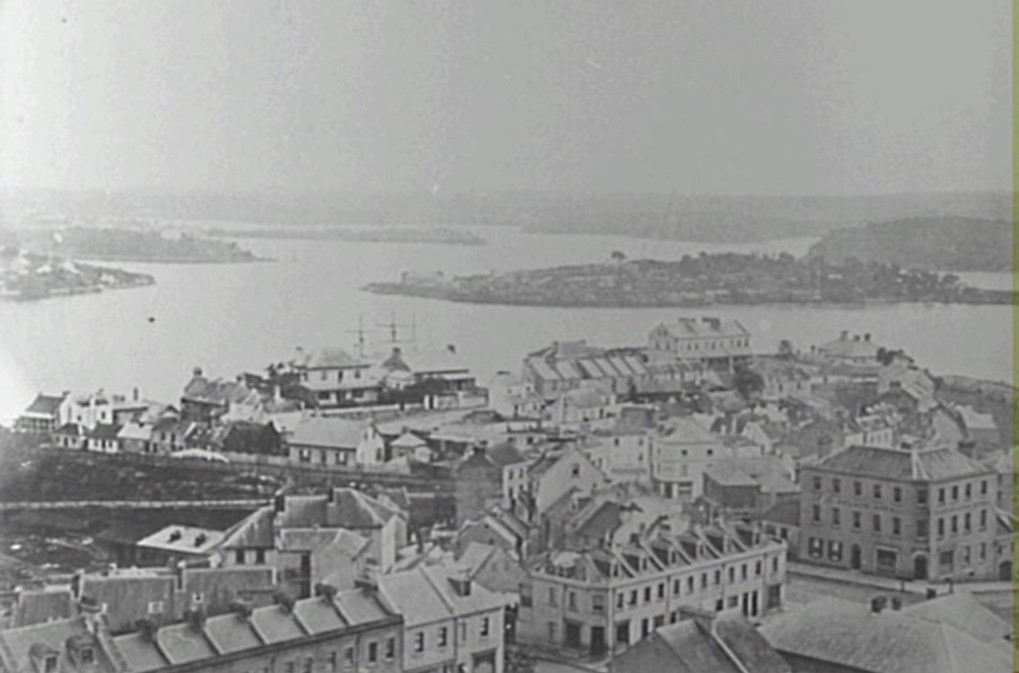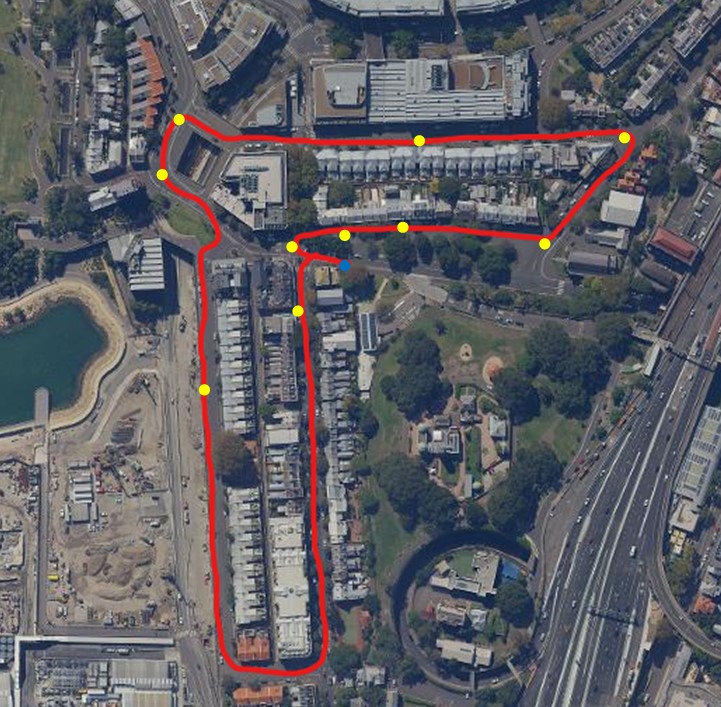My project contains the skeletons of a cookbook, 24 pages including a cover design, contents page, recipes, and stories. It plays on the ‘ABC’ motif, creating a fun and playful introduction to Asian Between Cultures and their relationships with food. I chose this form for my project as I felt it was the most doable in the short timeframe as well as the most adaptable for any future iterations of the project.
I’ve been flexible with the way I presented my recipes, allowing each contributor to guide how their recipe is written, whether very accurately or free-flowing with measurements and instructions. Some contributors submitted their recipes via voice recording or via calling me, while others wrote them out. I chose this method as I think it represents the reality of how we experience food and cooking. Not every dish is improvised with a dash of this and a dash of that, nor is every dish measured down to the last teaspoon. I think the traditional recipes that are very precise or the Western recipes that are very free-flowing are particularly interesting and unique, as these foods are being viewed through a different cultural lens.
My key argument is that these stories surrounding food are valuable, demonstrate the complex relationship that ABCs have with their foods, and help weave a broader tapestry of migration, culture, and history. I weaved more explicit and formal histories throughout to demonstrate how a small story can extrapolate into a bigger narrative and attempted to write each story in an engaging and personal way to show the value behind it. This engagement and personality, I found, mostly derived from the use of the themes of migration, culture, history, and family, as that’s where the heart of the story often was.
The highlight of creating this project was talking to people and making their stories feel heard and valued. Everyone I spoke to was eager to share and even more eager to see their recipes put in a cookbook format. Many told me that they showed their families and requested the completed copy to give to them. It really showed how much people want these important parts of their lives to be given permanency and longevity (part of my own desire to capture my waipo’s recipe is knowing that our family might forget it in a couple of decades). Thinking about permanency for my community reminded me of one of the readings, where Bongiorno was talking about how to fit ‘alternative’ histories into a national narrative that has for so long had its foundations in whiteness. For me, this project is not attempting to jam in an Asian Australian story into an already constructed narrative of Australian food, but rather, building it from scratch, with community stories, members, and interests at the centre.
I think this is the heart of the project’s need, so that we can share our foods and stories, spark conversations about Asian Australian food cultures, and make our community feel seen, heard, and worthy of permanency.
While I’m not 100% certain where the future of the cookbook lays, I’m super excited to start discussing with the Asian Australian Project about whether it’s a project we want to continue into the future. In the meantime, I’m getting together my raw materials as well as the recipes I wasn’t able to use, so that we may draw on them in the future.
See below an excerpt of my project!
